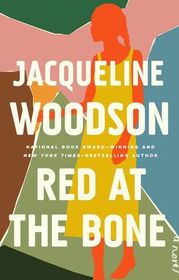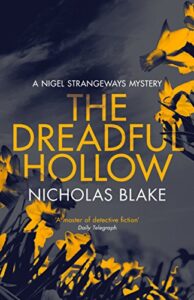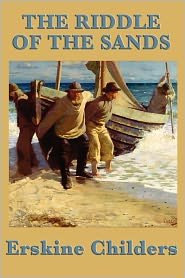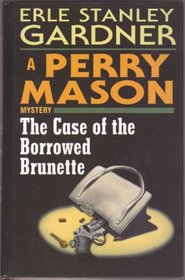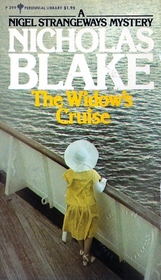
Review and Interview by Diane G. (icesk8tr)
This book is huge at almost 600 pages long, and weighs over 3 pounds, but it is a very interesting story. If you have ever wondered what it was like in South Africa during Apartheid from the viewpoint of someone who lived there, this is for you.
The story is all about the life of Richard Salmon, from when he was a boy growing up in South Africa. This boy had dreams of being at sea, and new adventures. He ended up getting his wish, and traveled on cargo ships. During this time he also was interested in judo and other martial arts. His training in the martial arts is a story in itself and very impressive!! He traveled to train with so many masters and was able to master great things in many disciplines. During all of this he met his wife who was with him through all the changes and adventures in his life! They had 2 sons who also were along in their adventures as they moved from one country to the next. They took many interesting trips and moved from South Africa to the US, and moved to different states in the US, back to Africa, back to the US, and then once again back to South Africa! Each time taking along their possessions in huge crates that were carefully packed.
The impressive thing to me in this book is the way they were able to come back from disasters in their life, stay strong and together through all of it and continue along their way. They were able to come up with new ideas and careers along their paths. They did great things with their martial arts school, leadership schools, awareness programs, environmental education foundation, and planning and organizing safaris. They met some amazing people along the way, and made some lifelong friends. They had some amazing safaris and some good stories from them are also in the book.
Their 2 sons still live in Georgia, and go to visit them in South Africa. They are also very impressive and successful in their businesses, one working in construction, and the other a very talented musician in the duo Surrender Hill. (Check them out, they are amazing!)
I was able to talk to Richard and ask him a few questions about the book and here are the questions and answers:
Q. What inspired you to write this book?
A. Firstly, because of our rather extensive, challenging and unusual life’s journey, I wanted to leave the story as part of our family history for the future generations that follow and to all others that might read our story, to just show what is possible in life with thought, effort and determination and a little courage thrown in..
Q. How long did it take to write the book?
A. On and off, 12 years.
Q. You have lived many places across the globe. Besides South Africa where did you enjoy it the most?
A. Estes Park, Colorado, we absolutely loved living in the splendor of the Rockies.
Q. Do you think your martial arts training helped you deal with things that went wrong during your journey?
A. I have to believe that it was the ethical and spiritual guidance of the Great Masters I was privileged to share time with, combined with the many years of self-discipline in training. Together this gave me the strength at times when needed and even more so, I always knew there was the strength and support of Dot being by my side.
Q. What is your secret in having a good relationship between the two of you?
A. Beside the ‘The love of my life” which is the reason so often given and which it Is for us, I believe further, it’s two words, Respect and Trust.
This book was published in South Africa and it may not be easy to find a copy here in the US, but it is well worth it if you can!

